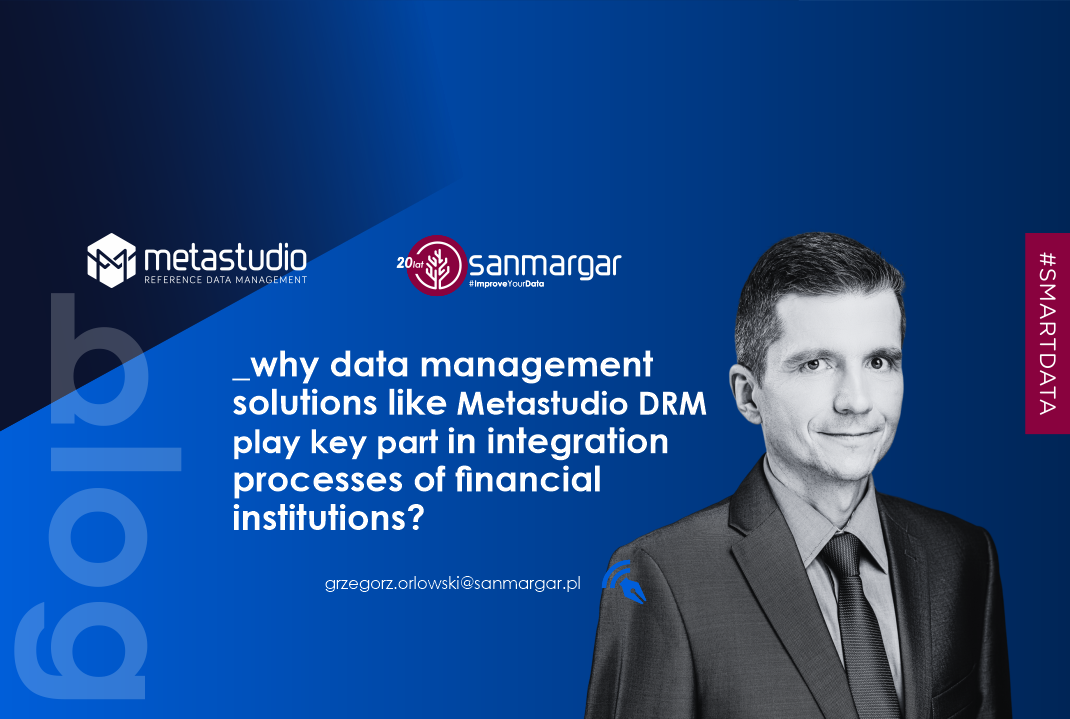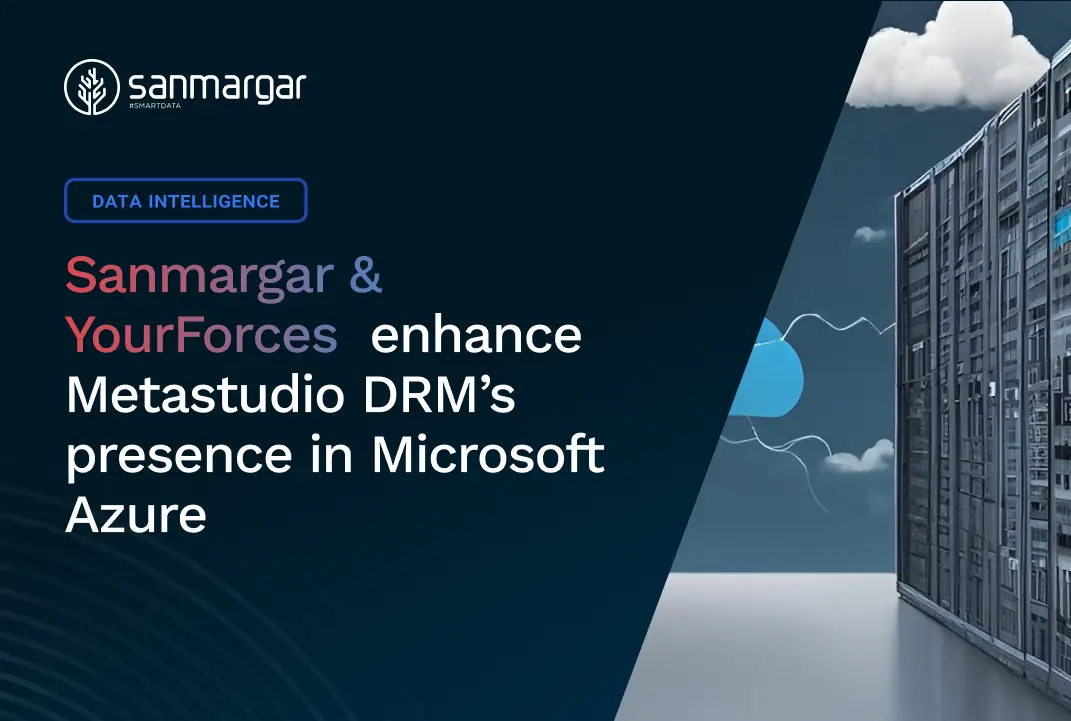Almost all DRM (Data Relationship Management) implementations I have been involved in were the result of initiatives by teams responsible for data warehouses. This is a natural place where data from various systems has historically been collected and often required preprocessing to achieve its maximum value. At the intersection of IT and business, it was necessary to determine responsibility for data value in both technical and business aspects. Now, new data architecture methodologies are emerging. Freedom and access control are no longer conflicting concepts, but rather important requirements. In this new Data Governance environment, Data Governance becomes a key process allowing for optimal data utilization. Implementing Data Governance without DRM will be practically impossible.
According to the five principles of Data Governance, the key challenges are: creating and maintaining a data responsibility structure, ensuring compliance with legal regulations, developing data management policies, maintaining data quality standards, and ensuring data transparency within the organization.
Data generated by users within DRM to better match and optimize data to their needs plays a crucial role here and requires attention in all five aspects.
A proper data responsibility structure allows all members of the organization to be aware of their role. With the right tools, they can independently influence data. Management awareness, such as product categorization in an application that is automatically used in many places within the organization, forces thoughtful actions. In the case of maintaining them in local files, responsibility is dispersed.
DRM facilitates the creation and implementation of consistent rules and regulations regarding data protection and compliance with applicable laws. DRM enables data change documentation and access control, avoiding costly penalties for noncompliance.
DRM supports efficient data management. Indicating administrators for individual data sets who ensure compliance with rules and regulations contributes to work optimization and provides access to data of appropriate quality.
Developing a common set of formal definitions of data sets within DRM leads to better data quality throughout the organization.
Maintaining consistent documentation of data management actions in the DRM application and implementing automatic data validators significantly facilitates audits and increases understanding of data usage. This way, company data security is at a much higher level, which positively affects the company’s image in the eyes of customers.
In conclusion, Data Relationship Management is a key element in achieving Data Governance goals. With DRM, organizations can effectively introduce data management principles, comply with regulations, maintain high data quality, and ensure process transparency. Implementing DRM enables efficient and effective data management, which is crucial to adapting to the latest technologies and methods of data utilization in business. In this context, new data architecture concepts or their utilization can be considered.
In this situation, the answer to the question posed in the title is clear. Data Relationship Management plays and will continue to play a significant role in Data Governance. It can be said that without such a solution, the production implementation of a solution using data will soon become impossible.




